Shop All Digital Delay Pedals
5 ways to use delay pedals
Now that we have established the main types of delay, here are 5 ways they can be used.
1. Slapback Echo
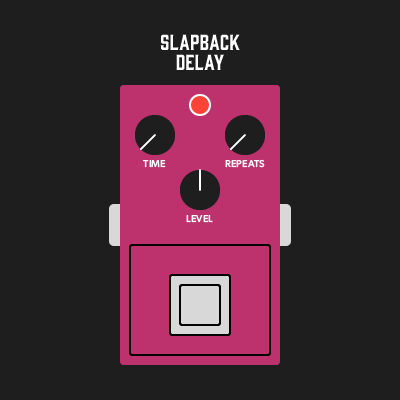
The slapback echo was the first effect that delay was used for. It’s one of the defining sounds of Rock ‘n’ Roll and Country. It is a subtle effect that creates a sense of space and adds a touch of extra thickness to your guitar sound. The quintessential slapback sound uses a tape delay, although an analogue or digital delay will work perfectly fine. Set the level (or “mix” depending on your controls) to a little below unity volume, and set a very short time, so that the repeat is almost indistinguishable from the original note, and set the repeats (or “decay”) all the way down so it only repeats once. Because of the extra boost in thickness, this can work well as a little something extra for solos.
2. Delay as a reverb
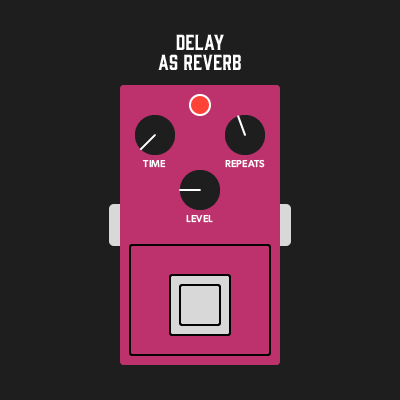
If you don’t have reverb in your rig, delay can be a versatile alternative. A digital delay sound will be ideal for a lush, clean reverb sound. For this you’ll want to set the level fairly low, so that it doesn’t overpower your original signal, set the delay time to minimum and run the repeats to taste for a longer or shorter reverb trail. This will give you a spring or hall reverb type of effect
3. Eighth note delay

Adding an eighth note delay is a great way to subtly fill out the space between notes when you play. This is especially effective when paired with reverb. Think of it like a cushion that sits underneath the mix, softening everything out. An analogue delay is perfect for this effect because its dark repeats won’t be competing with your original signal. A tape style will also work for similar reasons. Because of the clarity and fidelity of a digital delay, the repeats could clash with what you’re trying to play over the top of it, so be especially careful to keep the level low. To set this delay, try setting the level about a quarter of the way up or slightly more (but not too high otherwise your sound will become mushy). Set the time for eighth note repeats, which on many pedals will be somewhere around halfway up, but use your ear to find the right tempo – a delay with tap tempo will be very helpful here. The repeats is down to personal preference but I generally like to set it to about a quarter of the way up, to get 2 faint repeats.
4. Delay as a chorus

Many analogue delays such as the MXR Carbon Copy or Electro-Harmonix Memory Man, or digital multi delays such as the TC Electronic Flashback or Strymon Timeline will have modulation built into the pedal. Using the modulation with the delay, you can simulate a chorus effect. To do this, engage the modulation on the pedal, set the level a little below unity volume, the delay time neatly all the way down, and the repeats to taste to control the depth of the chorus – try starting at halfway and adjust from there.
5. Dotted eighth note delay
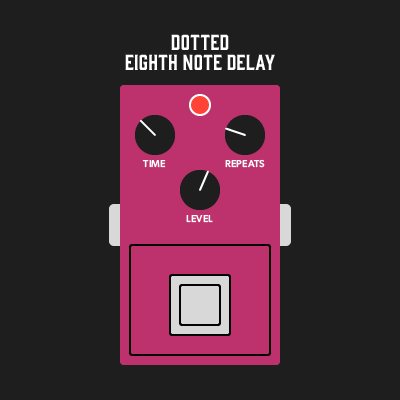
A dotted 8th delay creates a lush, bouncing rhythmic effect, which is great for adding loads of texture to simple melodies, hooks and chords. The dotted 8th delay is most famously used by U2’s The Edge, on tracks like “Where the Streets have no name”. Some delay pedals will be able to preset subdivisions, so you can simply set it to a dotted 8th and tap in your tempo. However, if your delay does not have this function, you can set it manually. With tap tempo you can simply tap in 4 times over the space of 3 beats to set the correct tempo. If your delay doesn’t have tap tempo, try setting the time to line up with the beat and then slowly increase the speed of the delays until you hear that iconic galloping pattern. A crystal clean digital delay is perfect for this sound, to maximise the rhythmic effect. Keep the repeats moderate to keep some definition between the delays. Try setting the repeats at a third of the way up and adjust to taste from there.
Check out Rabea using a dotted 8th delay on Sound Like U2



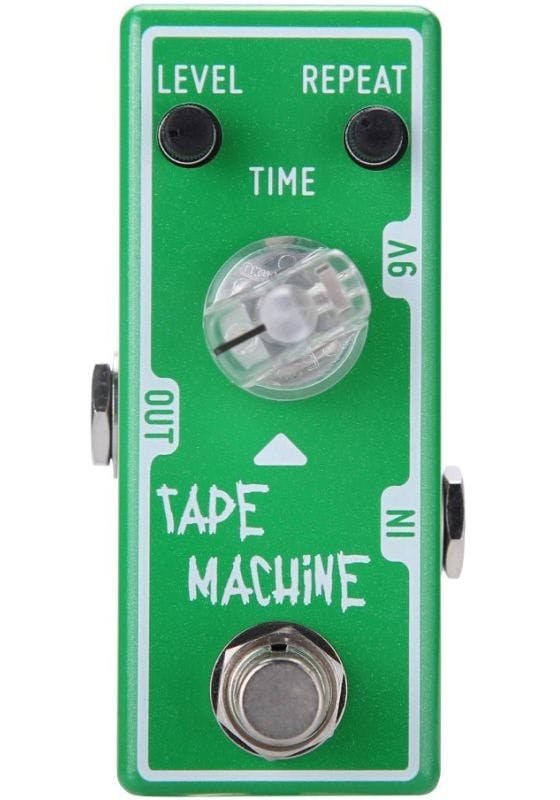

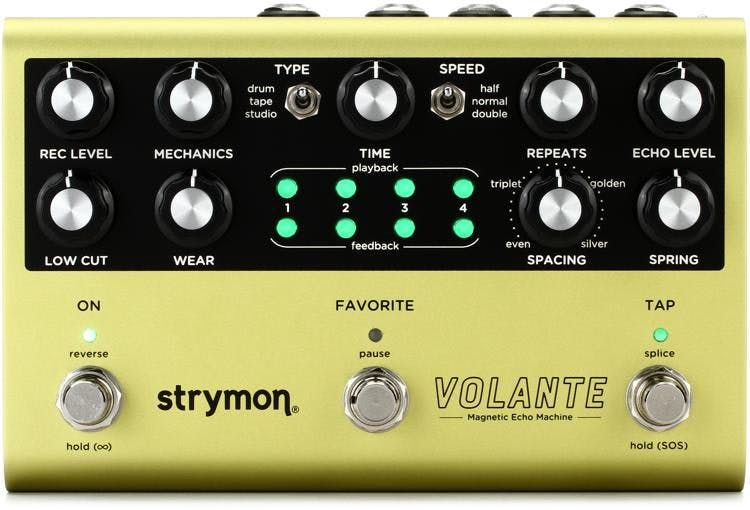


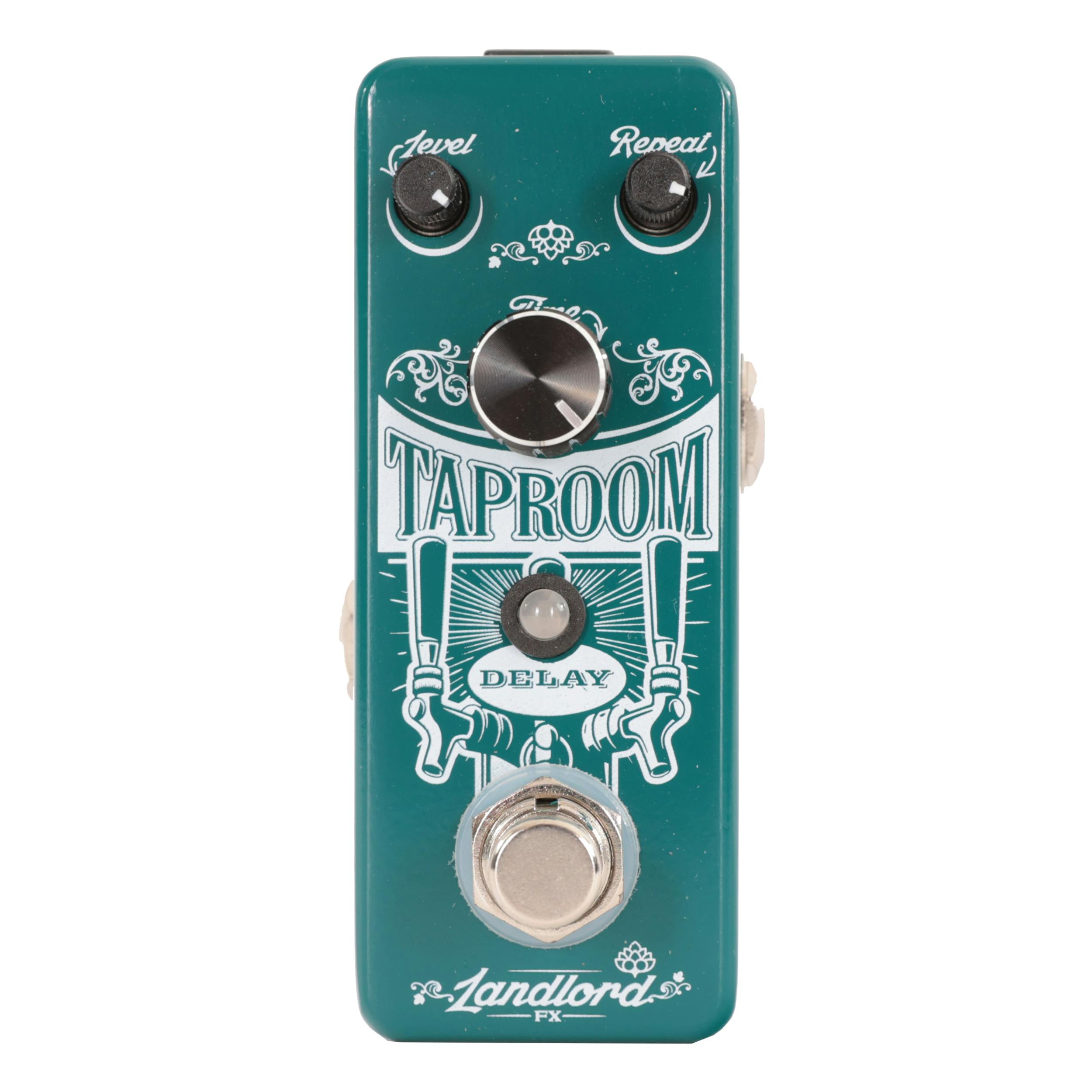
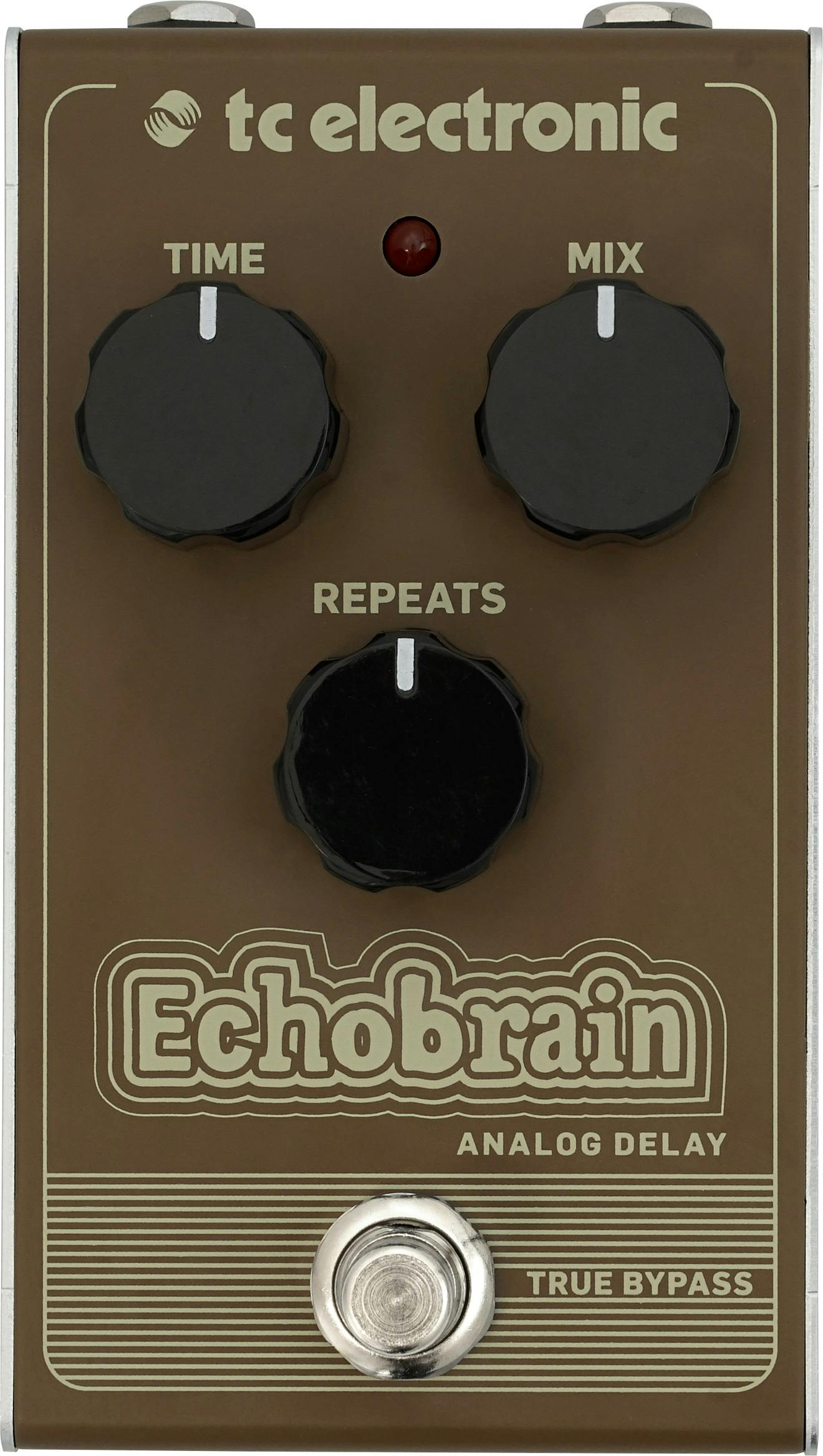
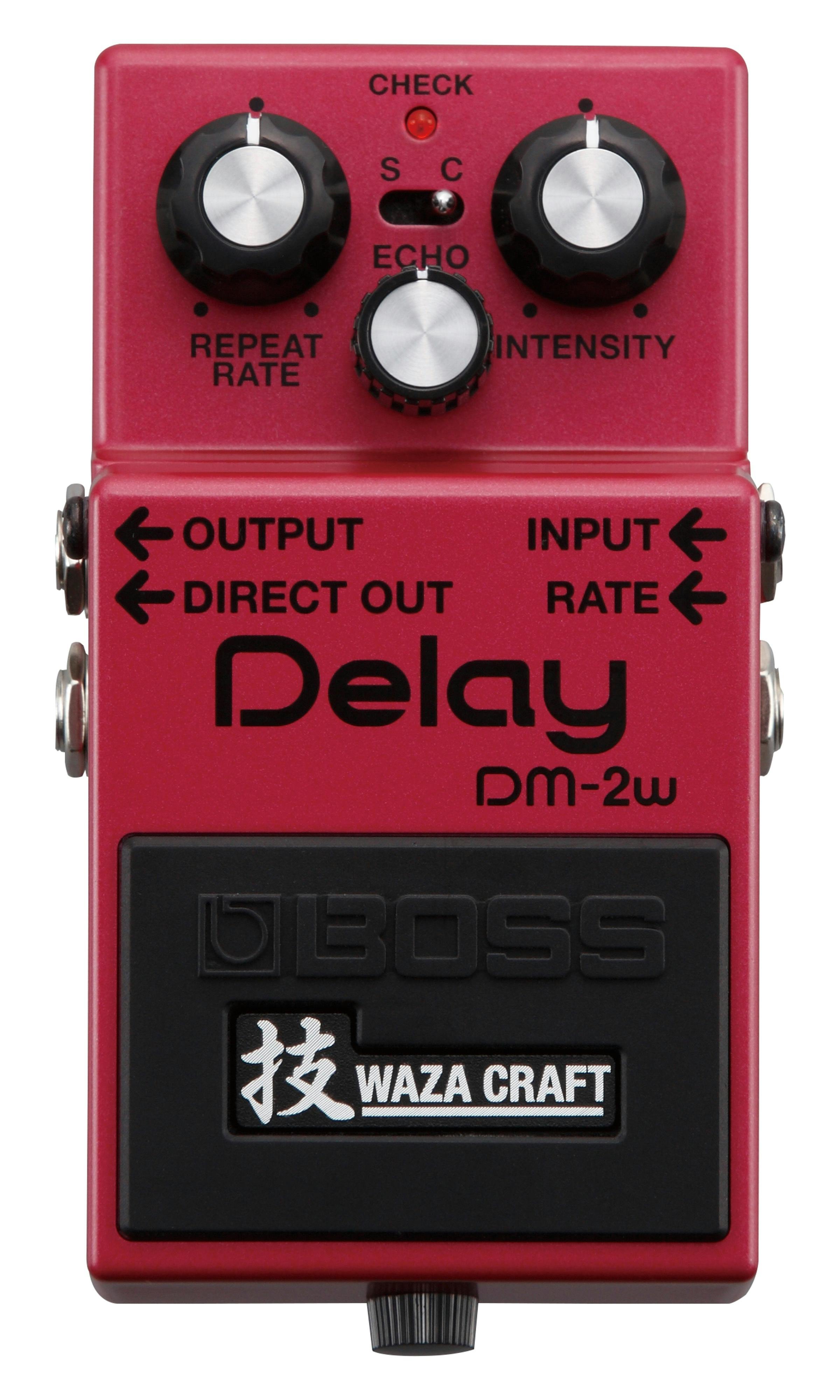
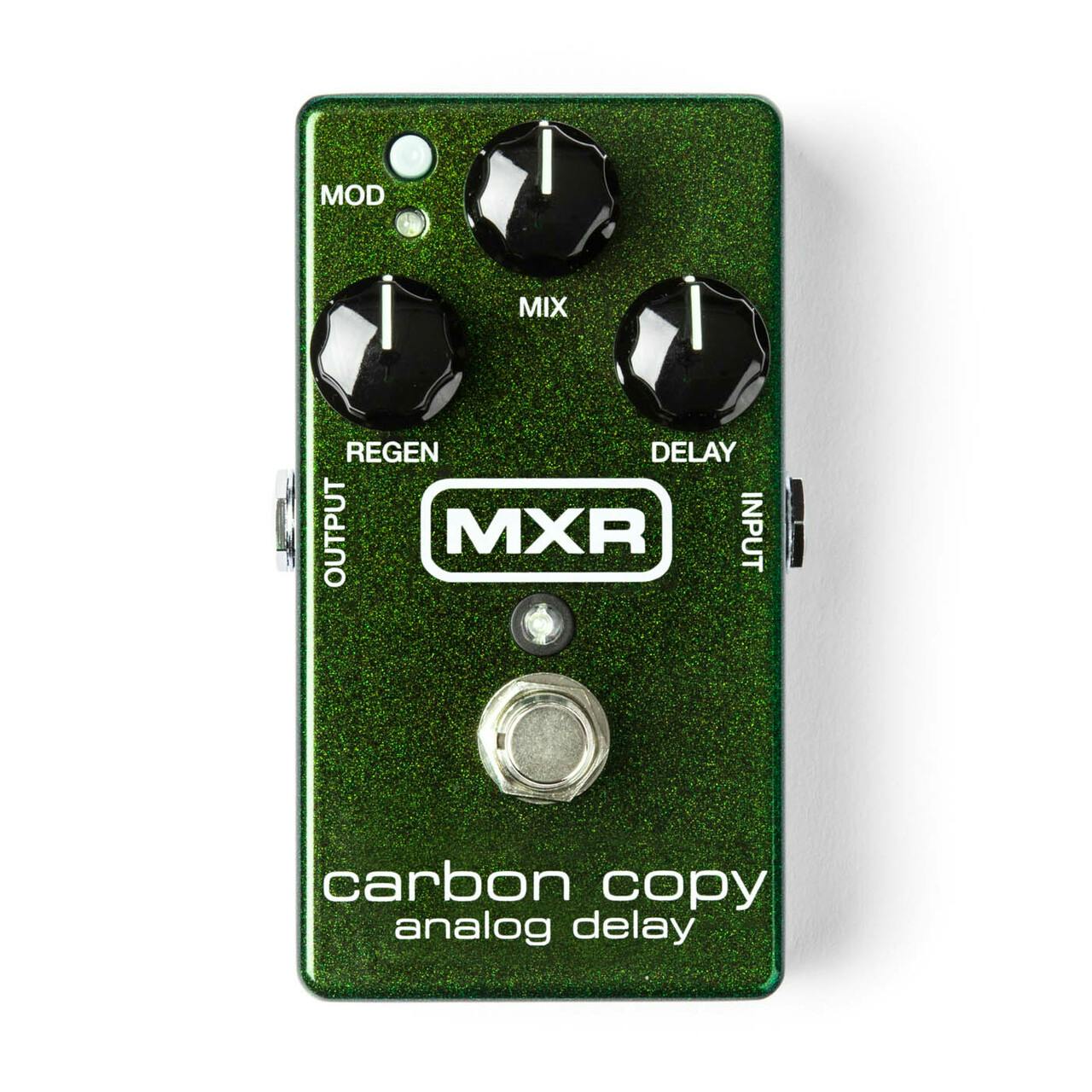




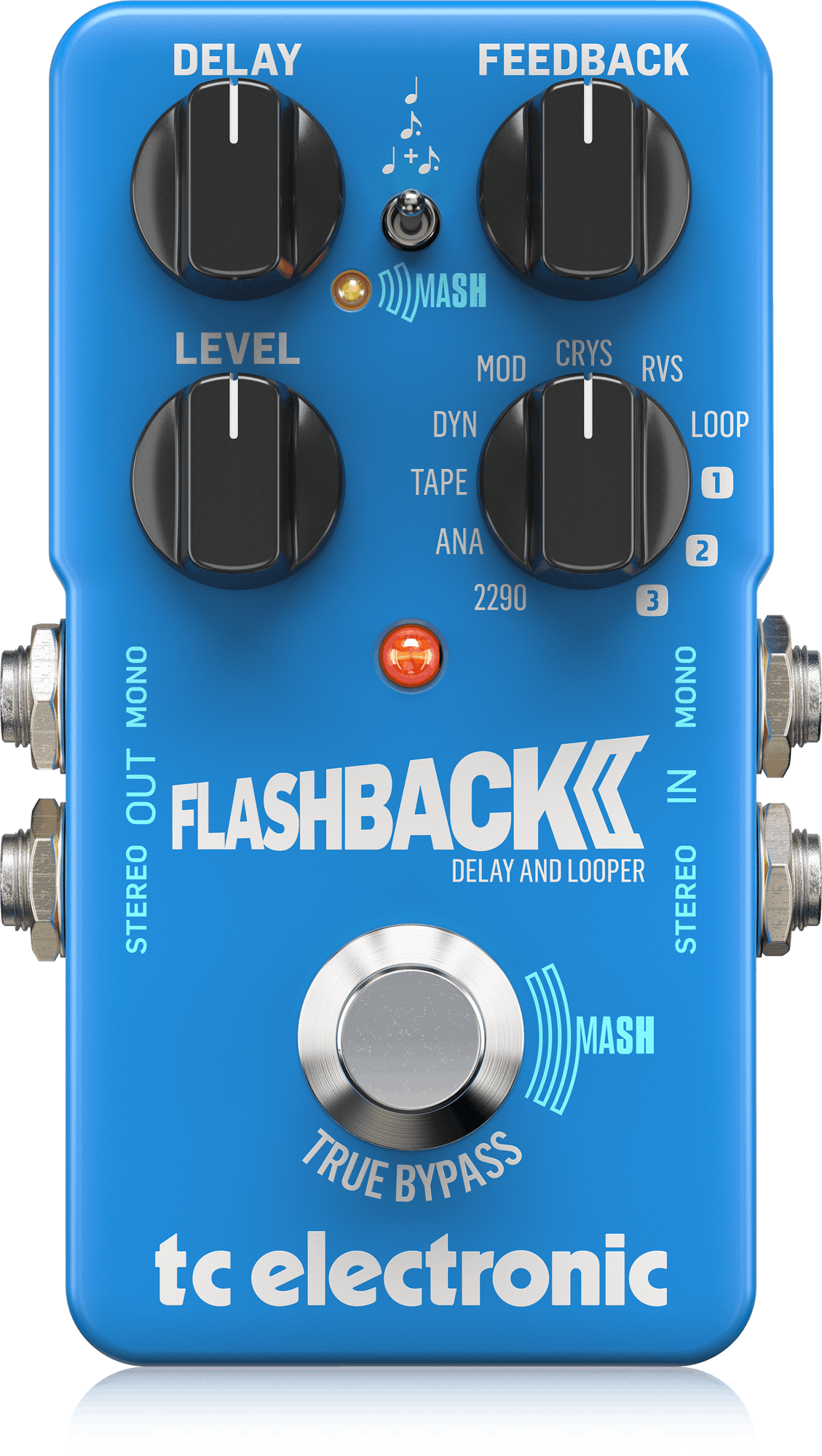
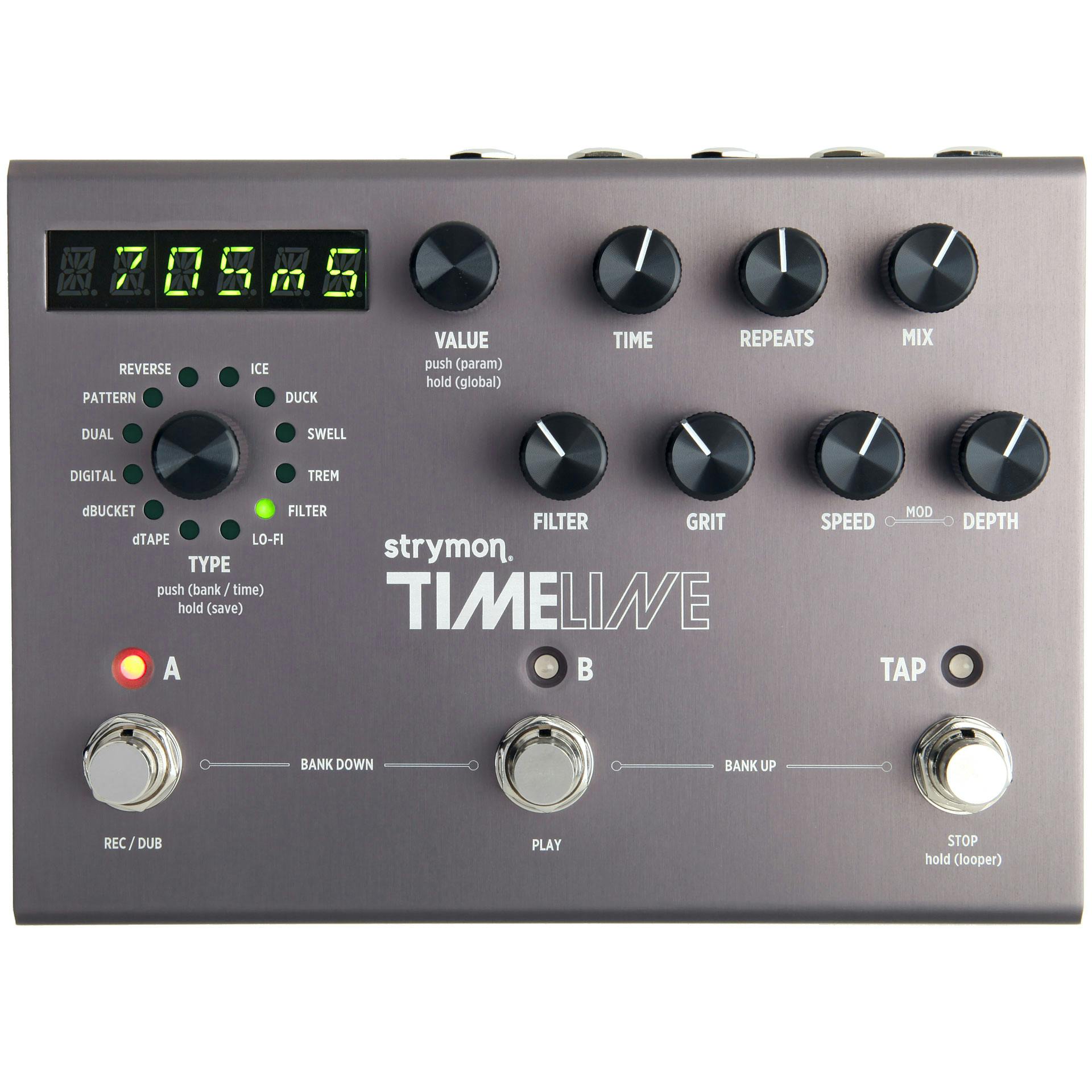






Responses & Questions
One response to “5 Ways To Use Delay Pedals”
[…] 5 Ways To Use Delay Pedals […]